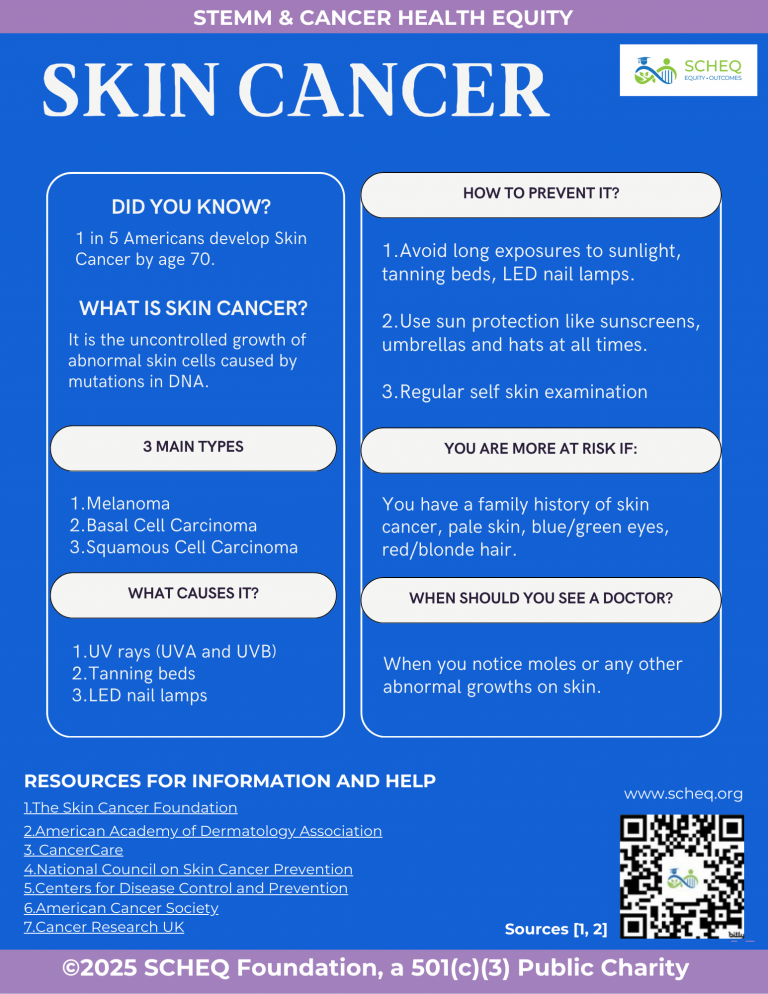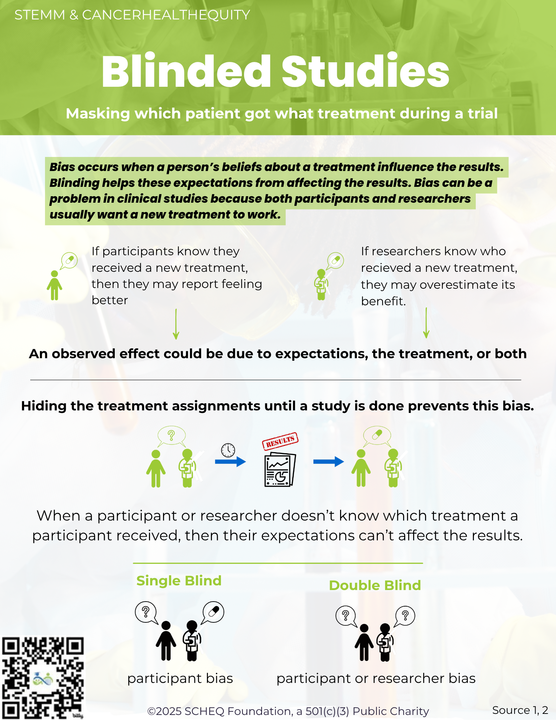Dr. Wiliam Augustus Hinton (December 15, 1883 – August 8, 1959) was a bacteriologist and the first Black Professor at Harvard University and Harvard Medical School. Born in Chicago to formerly enslaved parents, he grew up in Kansas City. He started his academic career at the University of Kansas before transferring to Harvard, and earned a BS (1905) and MD (1912) with honors from Harvard Medical School. He was the only Black student in his medical school class. In between his BS and MD, he taught at Walden University in Nashville, Langston College now Langston University, Meharry Medical College (MMC), and attended summer sessions at the University of Chicago.
Not being allowed to become a surgeon due to racism and not finding residency or internships, he found a path forward in the laboratory. He worked on serological techniques in the Wassermann Laboratory and volunteered in the Department of Pathology at Massachusetts General Hospital. In his time there, he conducted research and performed autopsies on those with or suspected of having syphilis. After 1915, the Wasserman Laboratory was transferred to the Mass Department of Public Health, and he was named the Director of the Laboratory. He refined his methods and increased the scalability for detecting syphilis, and created the Hinton Test, which became a standard that is still used today. His 1921 membership in the American Society for Microbiology made him the first Black scientist to join the organization. Due to his extensive research on syphilis, he became the first Black person to publish a medical textbook in 1936, titled “Syphilis and Its Treatment”.
Over the course of thirty years he served as Assistant Director of the Division of Biologic Laboratories and Chief of the Wassermann Laboratory at the Massachusetts Department of Public Health, and spent the majority of his time at Harvard as a Teacher or Lecturer of Bacteriology. He was finally promoted to Clinical Professor of Bacteriology and Immunology in 1949, becoming Harvard’s first African American tenured professor. After his retirement in 1950, he worked as a physician in Massachusetts until his passing at the age of 75.
References:
- https://pmc.ncbi.nlm.nih.gov/articles/PMC8294275/
- https://meded.hms.harvard.edu/william-augustus-hinton
- https://www.blackpast.org/african-american-history/people-african-american-history/william-augustus-hinton-1883-1959/
- https://www.russellmuseum.org/the-legacy-of-william-augustus-hinton-md/
Image Source: Smithsonian Institution Archives, Accession 90-105, Science Service Records, Image No. SIA2008-3219ssion 90-105, Science Service Records, Image No. SIA2008-3219




